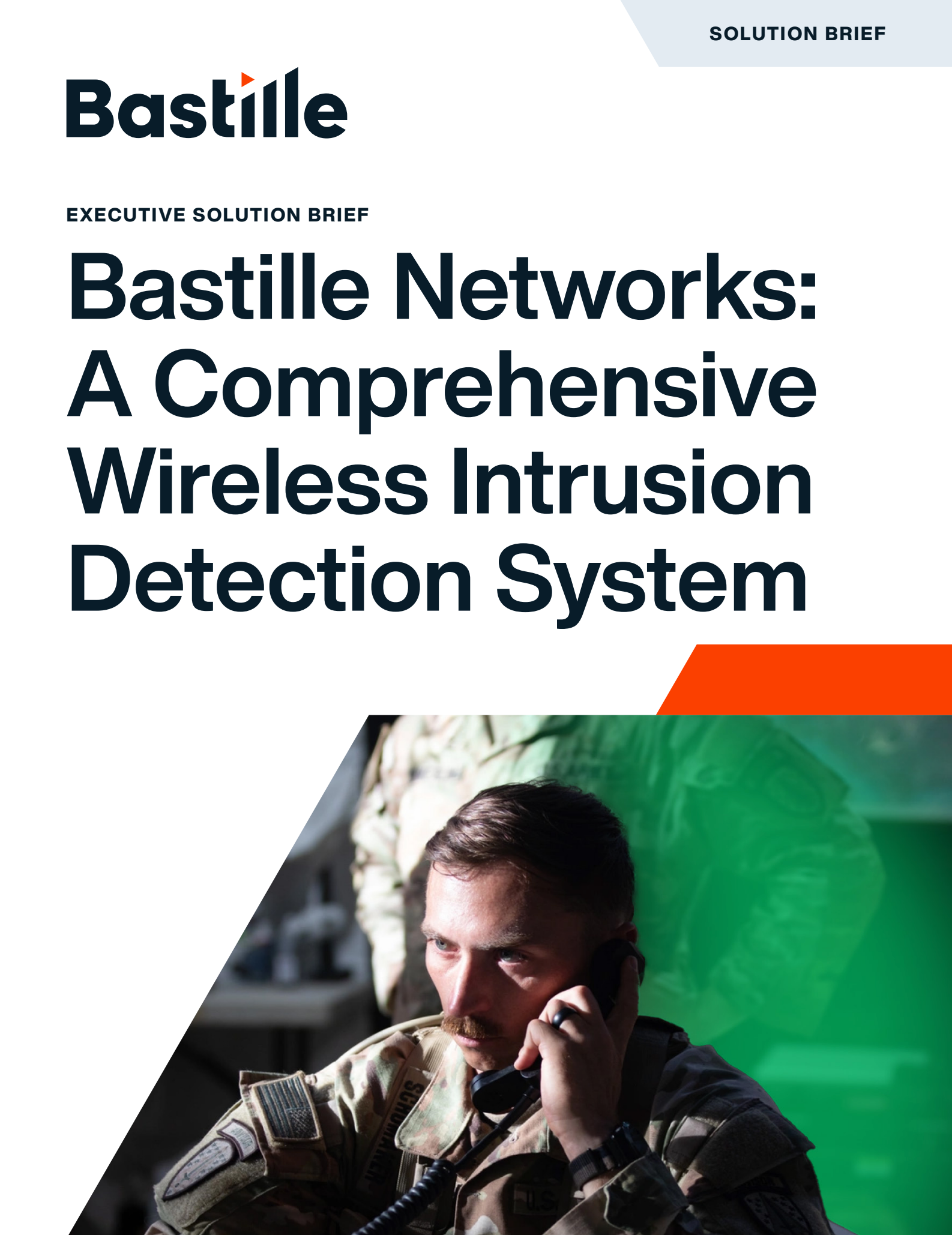
The Persistent Myth of the Air Gap
The “air gap” has long been considered an effective solution to protect sensitive environments. By physically separating critical systems from corporate and public networks, operators believed they had closed off the most dangerous attack vectors. This confidence, however, rests on an outdated assumption: that attackers only operate through wired networks or internet connections.
Modern adversaries no longer need to penetrate traditional networks to reach their targets. With the widespread use of wireless technologies in and around data centers, the air gap functions more as a comforting illusion than an effective barrier. Today, radio frequency (RF) signals permeate every facility, and attackers have learned to weaponize them.
Why AI Data Centers Are High-Value Targets
AI data centers represent more than just processing hubs. They are the intellectual core of enterprises, government programs, and critical infrastructure sectors. Their unique characteristics make them especially attractive to attackers:
- Concentrated intellectual property: Training datasets, proprietary algorithms, and inference pipelines are collectively worth millions, if not billions, of dollars.
- Complex ecosystems: AI facilities integrate GPUs, high-density compute racks, accelerators, sensors, and IoT devices to support advanced computing. Each component introduces potential wireless pathways.
- Interconnectivity with edge devices: AI training environments often ingest data from IoT sensors, mobile devices, or field-deployed systems, expanding the threat surface.
- Operational urgency: Because AI projects drive competitive advantage, downtime or compromise can result in both financial loss and strategic setbacks.
For attackers, the potential return on investment is enormous. For defenders, the challenge is that AI data centers cannot simply operate in complete isolation. They rely on hardware and infrastructure that often contain wireless radios, whether acknowledged or hidden.
The Wireless Attack Surface Inside AI Data Centers
While administrators may believe their facilities are isolated, multiple wireless technologies are already present, often by design:
- Wi-Fi and Bluetooth peripherals: Wireless keyboards, mice, and headphones inadvertently carried into sensitive spaces.
- IoT sensors and building automation: Temperature sensors, HVAC controls, smart lighting, and physical access devices frequently communicate over wireless protocols.
- Private LTE and 5G: Many enterprises deploy private cellular networks for high-bandwidth, low-latency communications. These connections can unintentionally bypass the air gap.
When these devices and emissions go unmonitored, they provide attackers with a stealth channel for intrusion or data exfiltration.
How Adversaries Exploit the Illusion
Attackers have developed multiple strategies for bridging air-gapped environments through wireless compromise:
- Planting rogue hotspots or modems: A malicious insider can introduce a small device that silently creates a backchannel via Wi-Fi, LTE, or 5G.
- Hijacking existing IoT devices: Attackers can repurpose vulnerable smart devices inside facilities to collect and transmit sensitive data.
- Short-range exfiltration: Malware can repurpose sound cards, fans, or power supplies to emit signals in detectable frequencies, leaking information beyond physical walls.
These threats demonstrate that the air gap is not an impenetrable moat. It is porous to anyone who understands how to manipulate the wireless spectrum.
Why Traditional Security Falls Short
Most security operations centers (SOCs) rely on endpoint detection, network monitoring, and physical access controls to secure their environments. These tools are vital, but they have a critical blind spot: they cannot see or analyze activity in the RF spectrum. Without visibility into frequencies spanning from 100 MHz to 7.125 GHz, organizations remain unaware of attacks that bypass cables and routers entirely.
The absence of wireless monitoring creates a dangerous scenario:
- Security teams cannot validate whether their air-gapped environments are truly isolated.
- Wireless intrusions may persist for weeks or months without detection.
- Investigations into data loss often overlook RF-based exfiltration.
How Bastille Helps Protect AI Data Centers
Bastille closes this gap by providing enterprises with continuous visibility into the wireless spectrum. Purpose-built to address the limitations of air-gapped environments, Bastille delivers:
- 100% Passive Monitoring: Bastille continuously scans the RF environment without transmitting signals of its own. This passive approach eliminates interference risks while giving security teams real-time awareness of all wireless activity inside and around data centers.
- Comprehensive Frequency Coverage: Bastille detects and analyzes transmissions across the full spectrum from 100 MHz to 7.125 GHz. This range encompasses Wi-Fi, Bluetooth, Zigbee, wireless peripherals, and cellular technologies, including LTE and 5G.
- Accurate Device Localization: When a rogue device or emission is detected, Bastille pinpoints its physical location within the facility. This capability enables security teams to rapidly identify whether the signal originates from a misconfigured sensor, a misplaced device, or a malicious insider.
- SOC Integration for Faster Response: Bastille integrates directly into SOC workflows, feeding wireless intelligence into existing security operations. Alerts, forensics data, and incident timelines help accelerate investigation and guide effective remediation.
- Validation of Isolation Policies: With Bastille, organizations can confirm that no wireless transmissions are active in areas meant to be “air-gapped.” This validation helps enforce compliance with internal security policies and regulatory standards.
By transforming the invisible spectrum into a continuously monitored security domain, Bastille converts the air gap from an illusion into a verifiable and enforceable protection layer.
The Path Forward for Securing AI Infrastructure
As organizations deploy next-generation AI data centers, they must recognize that the air gap no longer guarantees security. Wireless threats are not theoretical—they are active, evolving, and proven to bypass traditional controls.
By adopting spectrum-aware security solutions, such as Bastille, enterprises can safeguard the data, models, and intellectual property that underpin their competitive advantage. Protecting AI infrastructure requires more than racks, guards, and firewalls. It requires visibility into the radio frequency spectrum.
The air gap was once considered absolute. Today, it is only an illusion, unless you secure it with wireless visibility.




